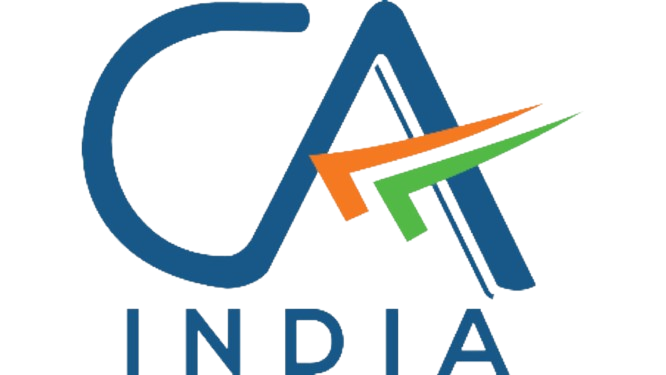The Central Board of Direct Taxes (CBDT) has notified the Income Tax Return (ITR) Forms for Assessment Year (AY) 2025-26, applicable for the Financial Year (FY) 2024-25. These forms introduce several key changes aimed at simplifying the tax filing process, particularly for small investors and salaried individuals. Here's an overview of the significant updates across the major ITR forms:
? ITR-1 (Sahaj) – For Resident Individuals
Eligible Taxpayers:
- Resident individuals (excluding Not Ordinarily Resident)
- Total income up to ₹50 lakh
- Income from salary/pension, one house property, other sources (e.g., interest), and agricultural income up to ₹5,000
Key Changes:
- Inclusion of Long-Term Capital Gains (LTCG): Taxpayers with LTCG up to ₹1.25 lakh from listed equity shares and mutual funds under Section 112A can now file using ITR-1. Previously, such taxpayers were required to use ITR-2.
- Aadhaar Number Requirement: Taxpayers must provide their Aadhaar number when filing returns, aligning with Section 139AA of the Income Tax Act
- Section-wise TDS Disclosure: Detailed disclosure of Tax Deducted at Source (TDS) under various sections is now required.
- Additional Reporting Requirements: Taxpayers must report if they have deposited over ₹1 crore in a current account, spent more than ₹2 lakh on foreign travel, or paid electricity bills exceeding ₹1 lakh.
? ITR-4 (Sugam) – For Individuals, Hindu Undivided Families (HUFs), and Firms (excluding LLPs)
Eligible Taxpayers:
- Individuals, HUFs, and firms (excluding LLPs)
- Total income up to ₹50 lakh
- Income from business or profession under presumptive taxation schemes (Sections 44AD, 44ADA, or 44AE)
Key Changes:
- Inclusion of LTCG: Similar to ITR-1, taxpayers with LTCG up to ₹1.25 lakh from listed equity shares and mutual funds under Section 112A can file using ITR-4.
- Aadhaar Number Requirement: As with ITR-1, providing an Aadhaar number is mandatory.
- Section-wise TDS Disclosure: Detailed disclosure of TDS under various sections is now required.
- Confirmation of Form 10-IEA Filing: Taxpayers must confirm if they have filed Form 10-IEA for opting out of the new tax regime and whether they wish to continue opting out.
? ITR-3 – For Individuals and HUFs with Income from Business or Profession
Eligible Taxpayers:
- Individuals and HUFs
- Income from business or profession
Key Changes:
- Expanded Disclosure Requirements: The form now requires detailed disclosures on business and professional income, including gross receipts, profit & loss account data, and balance sheet items.
- Choice of New Tax Regime (Section 115BAC): Taxpayers must specify whether they are opting in or out of the new tax regime and provide details such as Form 10-IEA filing date and acknowledgment number.
- Foreign Asset and Residency Status: Detailed information is sought regarding the taxpayer's residential status, foreign assets, and income from outside India. Non-residents must disclose their tax residency jurisdiction and whether they have a Significant Economic Presence (SEP) in India.
- Directorship and Shareholding Disclosure: Individuals who were directors in a company or held unlisted equity shares at any time during the financial year must furnish the names of the companies, PAN, and other details, including cost of acquisition and sale proceeds.
- Audit and Financial Statements: Taxpayers subject to audit under Sections 44AB, 92E, or any other law must provide comprehensive audit information, including auditor details, date of audit report, UDIN number, and nature of business or profession.
- Presumptive Income Sections (44AD/44ADA/44AE): For those declaring income under presumptive taxation, separate fields are included to calculate presumptive income as per applicable sections.
- Comprehensive Financial Data: The form requires extensive data related to manufacturing and trading accounts, profit and loss account, other income such as interest, dividend, and capital gains, and schedule of deductions under Chapter VI-A.
- Reporting of Specific Transactions: Taxpayers must report if they have deposited more than ₹1 crore in a current account, spent over ₹2 lakh on foreign travel, or paid electricity bills exceeding ₹1 lakh.
 CA Gopal J Agrawal & Co
CA Gopal J Agrawal & Co 
